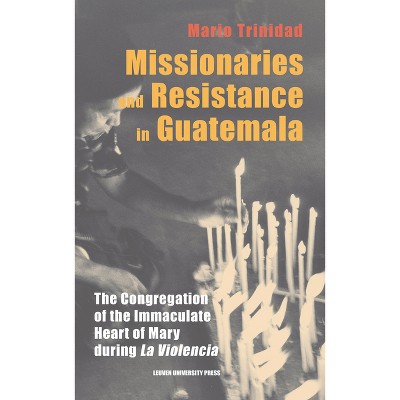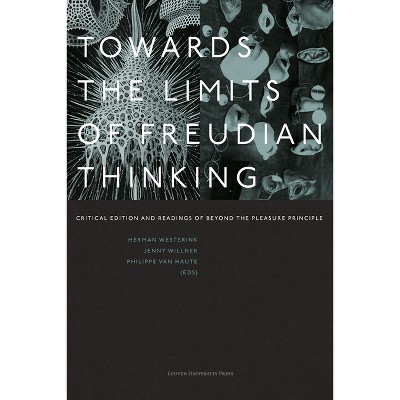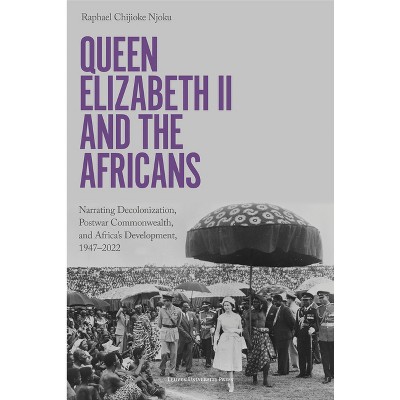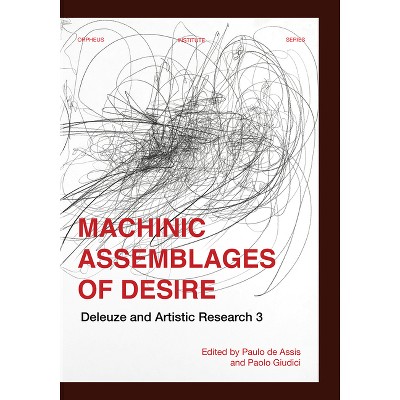Musical Form, Forms, and Formenlehre - by William E Caplin & James Hepokoski & James Webster (Paperback)

About this item
Highlights
- In Musical Form, Forms, and Formenlehre, three eminent music theorists reflect on the fundamentals of "musical form.
- About the Author: James Webster is the Goldwin Smith Professor of Music at Cornell University.
- 152 Pages
- Music, Instruction & Study
Description
About the Book
In Musical Form, Forms & Formenlehre, three eminent music theorists reflect on the fundamentals of "musical form." They discuss how to analyze form in music and question the relevance of analytical theories and methods in general. They illustrate...
Book Synopsis
In Musical Form, Forms, and Formenlehre, three eminent music theorists reflect on the fundamentals of "musical form." They discuss how to analyze form in music and question the relevance of analytical theories and methods in general. They illustrate their basic concepts andc oncerns by offering some concrete analyses of works by Mozart (Idomeneo Overture, Jupiter Symphony) and Beethoven (First and Pastoral Symphony, Egmont Overture, and Die Ruinen von Athen Overture).
The volume is divided into three parts, focusing on Caplin's "theory of formal functions," Hepokoski's concept of "dialogic form," and Webster's method of "multivalent analysis" respectively. Each part begins with a basic essay by one of the three authors. Subsequently, the two opposing authors comment on issues and analyses they consider to be problematic or underdeveloped, in a style that ranges from the gently critical to the overtly polemical. Finally, the author of the initial essay is given the opportunity to reply to the comments, and to further refine his own fundamental ideas on musical form.
Review Quotes
Besides its many other merits, 'Musical Form, Forms, and Formenlehre' demonstrates a novel format for cooperative engagement in music-theoretical writing. ... The result is a wonderfully rich and engaging book in which the personalities of the contributors are more evident than in most writing in our field.
Reviewed by Mitch Ohriner, Indiana Theory Review Volume 28
But perhaps the most captivating aspect of the book lies in the responses and rebuttals: each of the contributors was invited to venture comments on his collaborators' essays, and each in turn provides a short response to his colleague's comments. Thus, Hepokoski and Webster respond to Caplin's essay, and Caplin replies in turn, then Caplin and Webster to Hepokoski's, and forth. The exchanges are lively, and their result is to silhouette each analytical system against the others. For his having arranged to cast the book in this "dialogic form," students of the new American Formenlehre will long be in Bergé's debt.
Nathan John Martin, Columbia University, Notes, March 2011
I highly recommend this book on all accounts for the reader interested in formenlehre.
By Halvor Hosar (Norway), Amazon.com
About the Author
James Webster is the Goldwin Smith Professor of Music at Cornell University.











